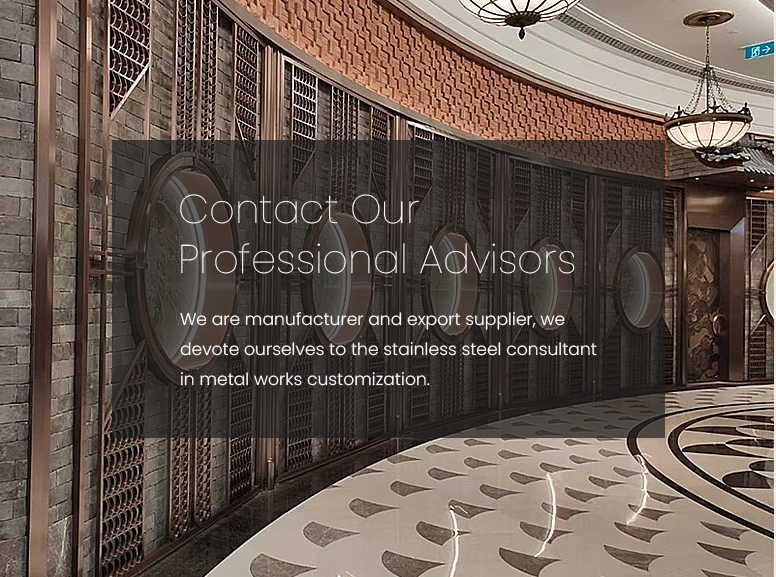Walking through any of Chinese capital cities offers quite a record in how radically the direction of the styles of building facades has changed even during the last century.
It is not unusual to see a variety of building facades on anything from local authority buildings, through airports and hotels, to town houses with flats and balconies – no two neighbouring buildings are the same.
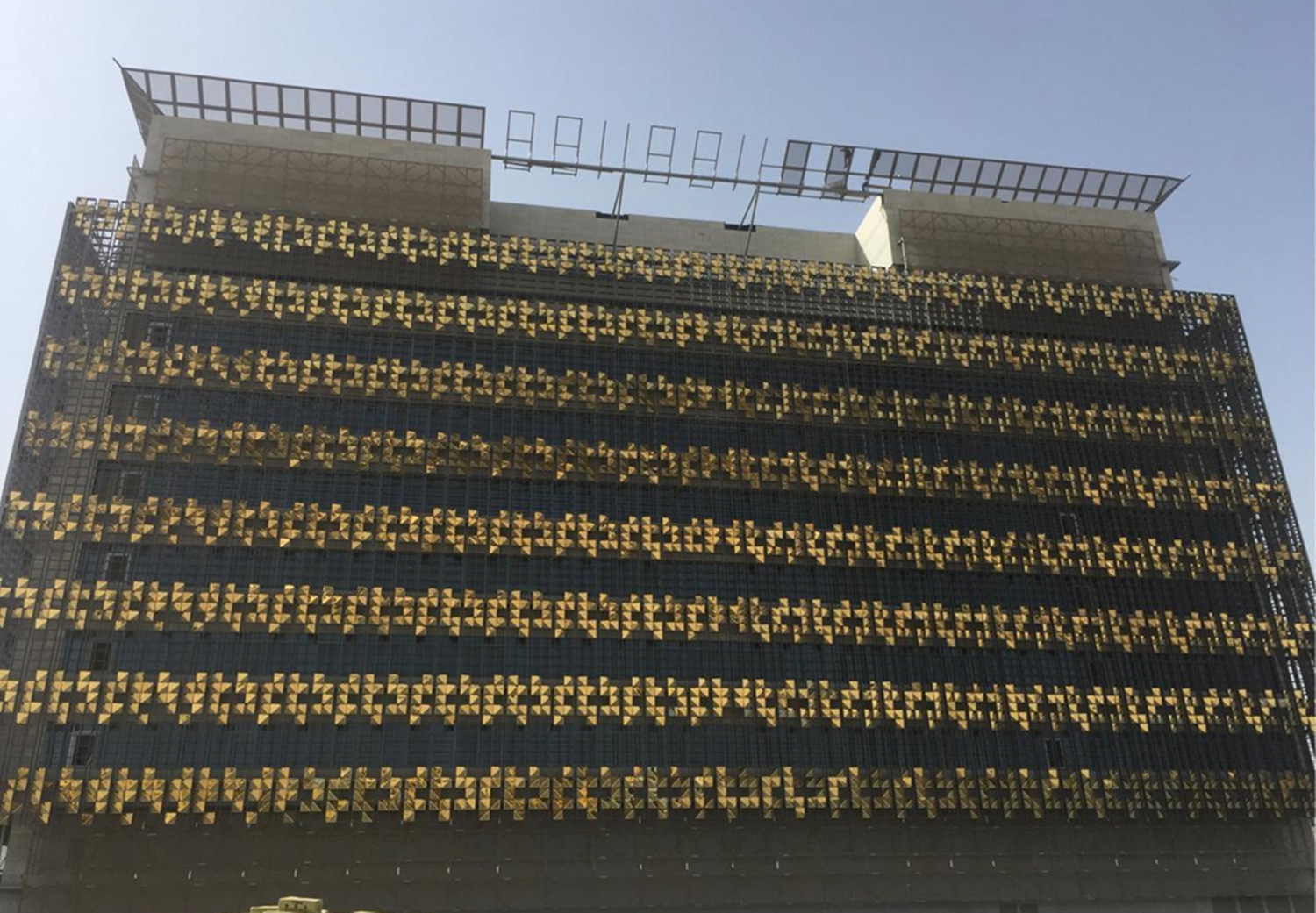
The most common materials used for cladding on modern city builds are steel, stainless steel and aluminium. All of them have their advantages in terms of providing a high quality, sustainable and cost-effective exterior. For example, stainless steel's glossy finish makes it a highly attractive option for any built structure were the aesthetics of the result are important, and its self-healing properties are ideal for minimize maintenance costs. Stainless steel cladding is both a sustainable and cost-effective choice for buildings that need to last.
Aluminium cladding generally has a neoprene core, making it the ideal choice for buildings where energy efficiency is of prime importance. Aluminium is also useful for its lighter weight.
Thanks to particular techniques, we can colour both metals to match the architect's design. Architects prefer aluminium for skyscrapers with glass panels. One cannot beat the price advantage and the design flexibility – as long as it has limited dimensions.
The reduced weight of this material helps to contain overall structure costs of the building.
It is also a very good heat conductor, so constructors very often use it in order to dissipate heat like in car radiators and air conditioning units. But the use for frames for glass panels calls for expansion joins that compensate the significant thermal expansion due to the solar heat.
This material also has an element of corrosion resistance unless the environment is highly acidic. For all these reasons, Aluminium is a good choice for limited frame sizes like the height of the building's floors.
Designer and builders most commonly use stainless steel large curtain walls, the main entrance where lots of light shall come in.
The mechanical yield of the material allows the design of significant glazing portions with wide spans and heights up to more than 15 meters.
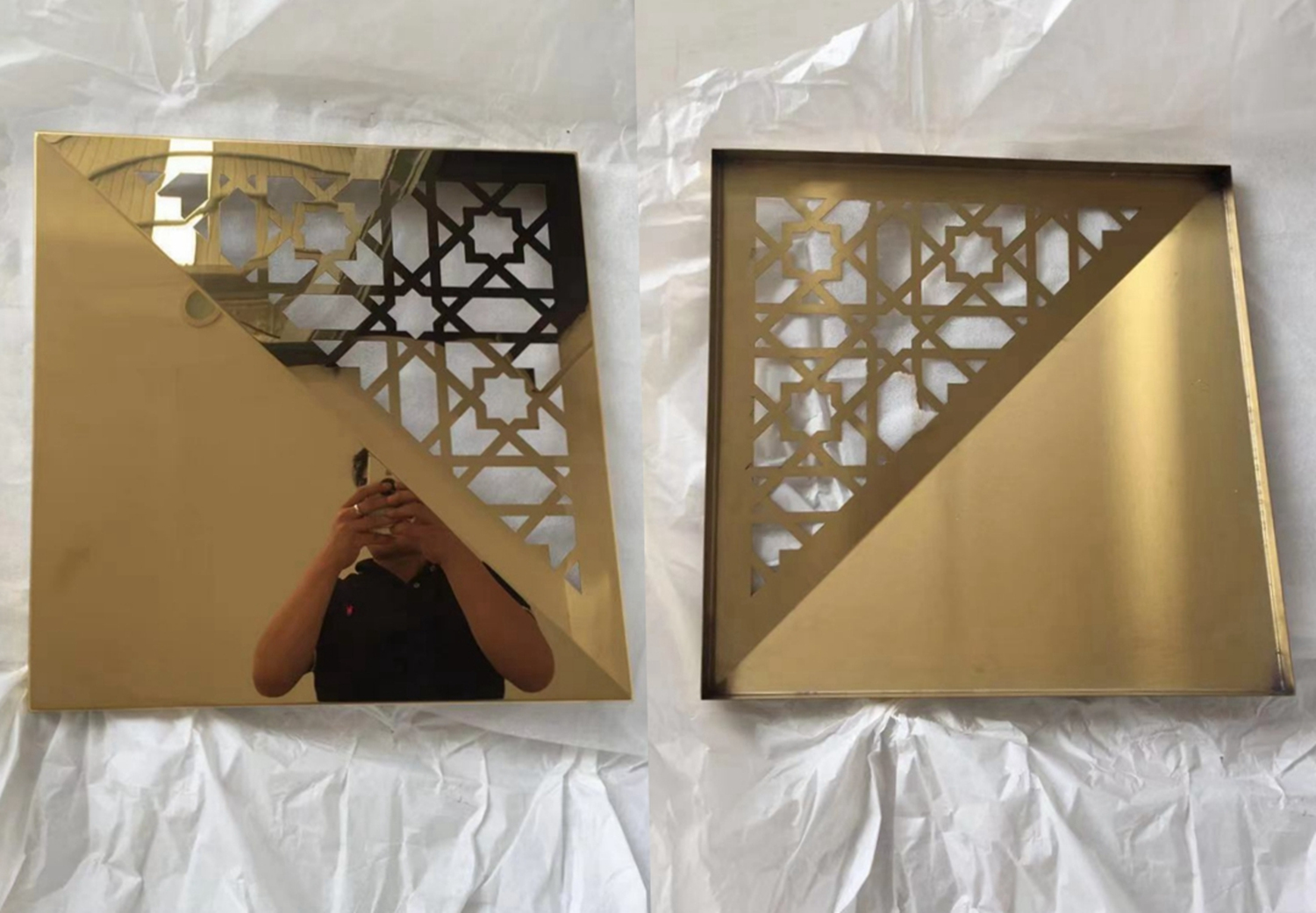
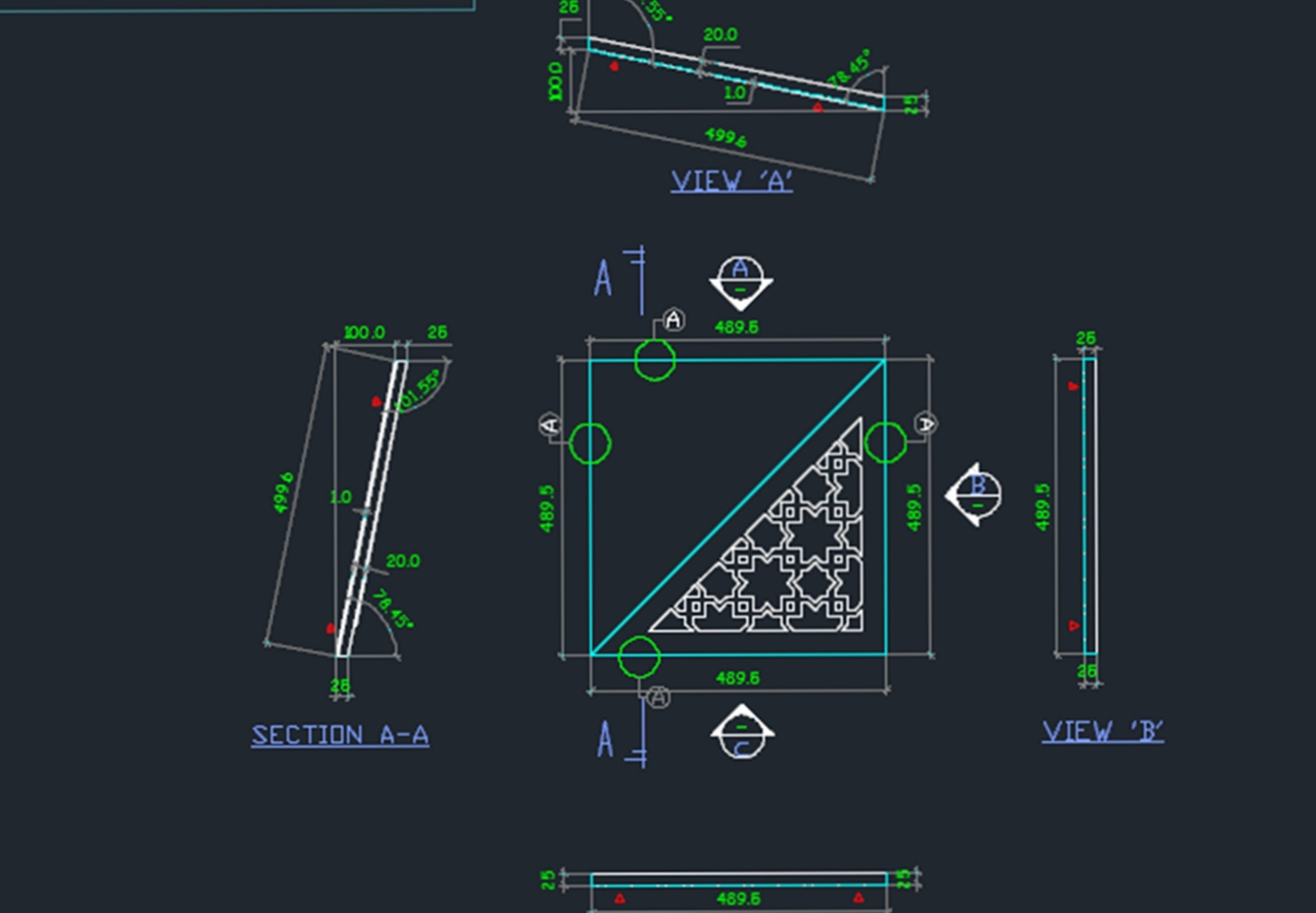
Stainless Steel is a very ductile material and welding is an easy and common process that can be performed on site. Stainless has good strength compared to aluminium. This allows wide spans and high curtain walls, granting the maximum possible light inlet.
Stainless steel is corrosion resistant. It is a melt of iron, chromium, nickel, and other precious metals like molybdenum. Furthermore, stainless steel has mild self-healing properties, making it the first consideration where corrosion might cause issues with the build.
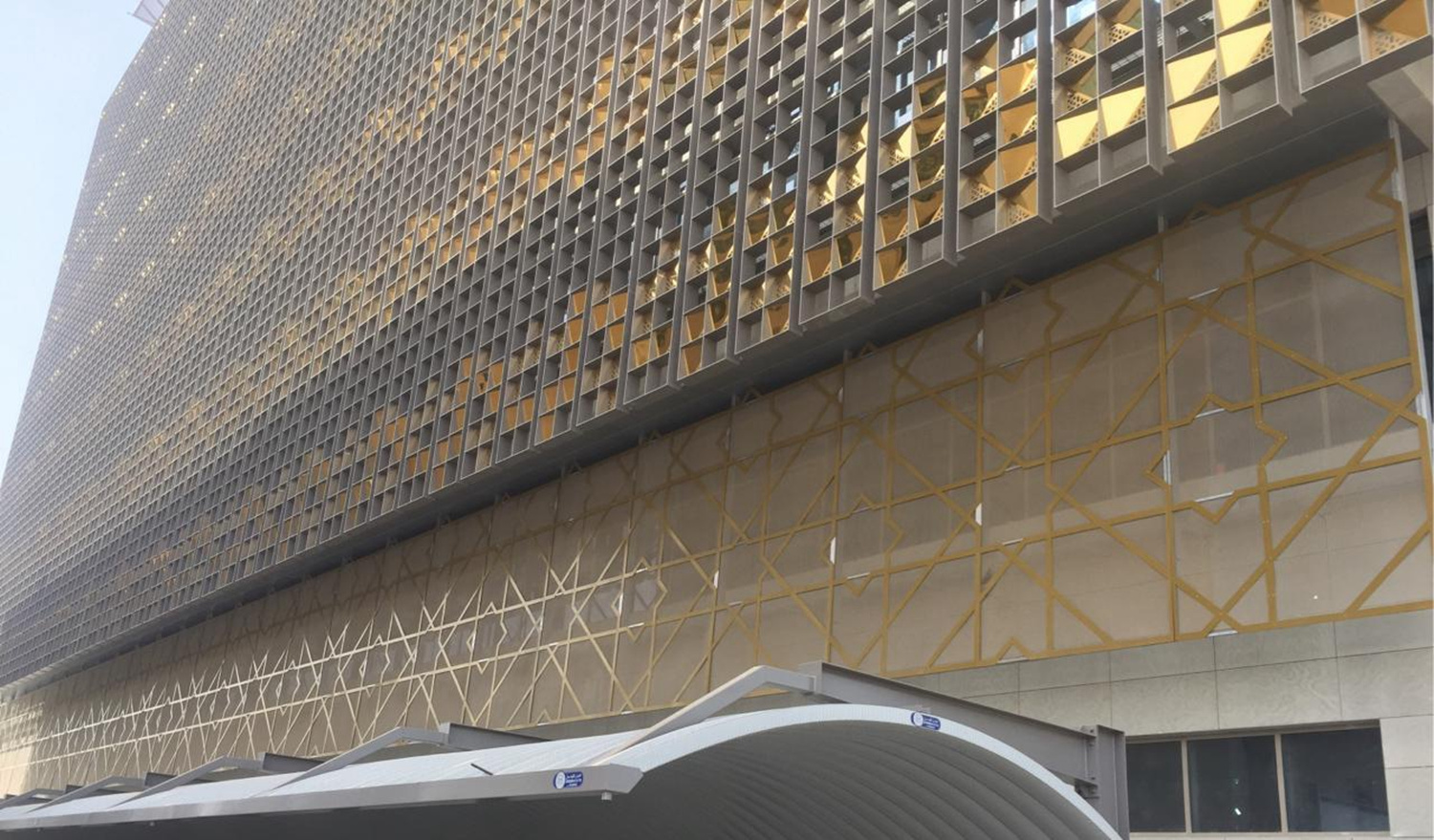
Stainless steel is available with different surface finishes with perfect effect. For transom and mullion constructions there is a standard finish that is grit shot blasted. However, prestigious projects demand for prestigious surface finishes. They range from brush finish, to satin polish finish, ending up with the high-end mirror polish.
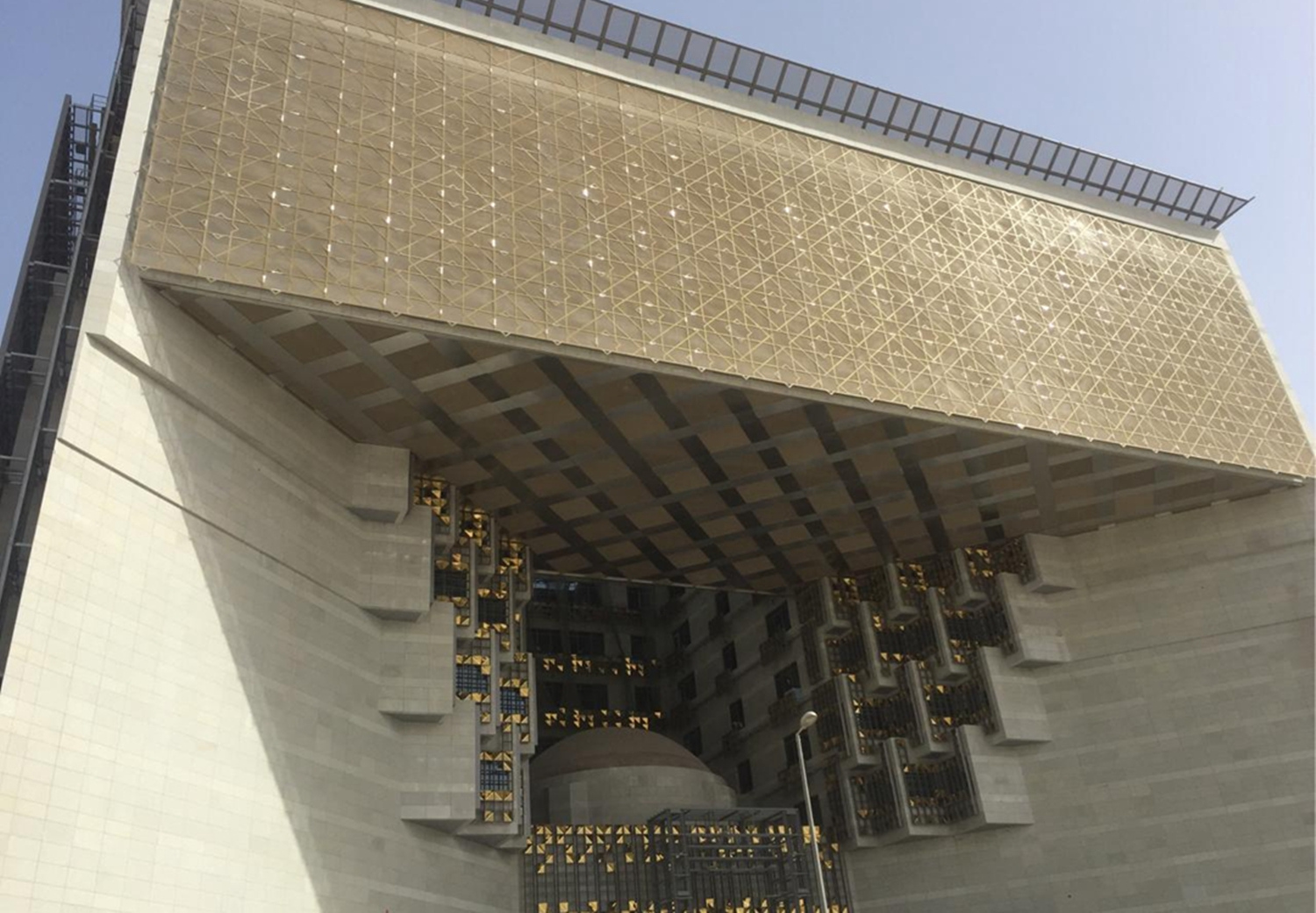
Of course, there is no reason why one cannot use the two materials in conjunction with each other. Especially where the strength of a stainless steel frame in tandem with the lightness of aluminium cladding provides the best and most cost-effective structural solution for the main contractor and client it makes sense to use them together.
Both aluminium and stainless steel have relative merits which depend on the end use. Stainless steel takes the honour for prestige, durability and strength.





